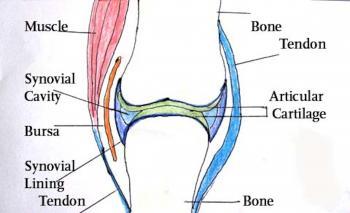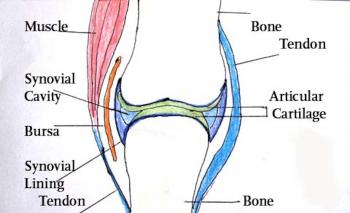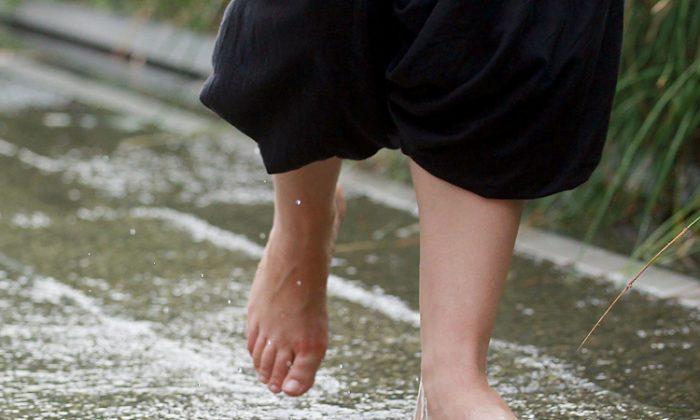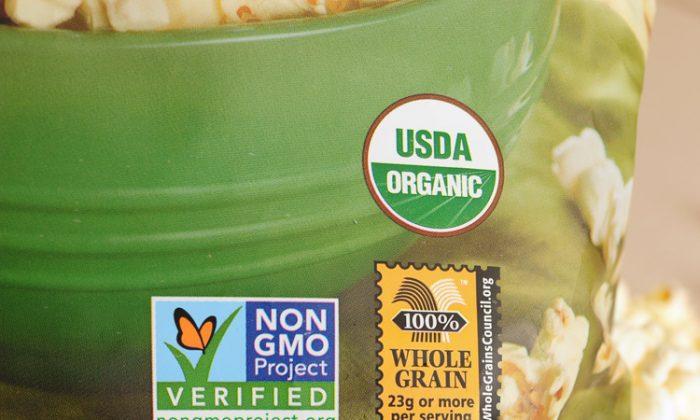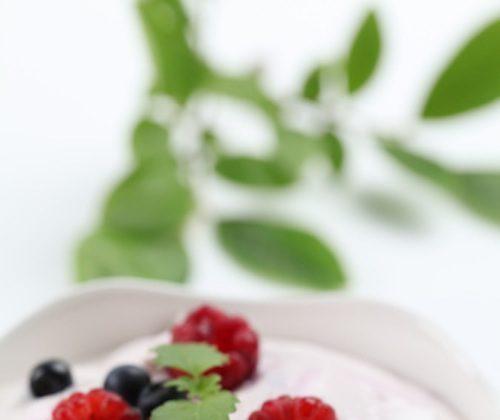How do they do that? The source was a mailer for a company marketing a pill with a “secret” ingredient—the one that makes it possible for these Japanese to work hours in their fields into their 90s and have joints as flexible as those of youth.
Their village, called Yuzurihara or the Village of Long Life, is in a mountainous part of Japan about one and a half hours from Tokyo. You may have seen the program about the inhabitants on ABC news with Connie Chung in 2000. (Appliedhealth.com/ABC_News_HA.htm)
The “secret” ingredient is hyaluronic acid (HA), but the answer is not a simple change in diet, adding the foods eaten in Yuzurihara. Dr. Toyosuki Kimori, medical doctor and native to the village, investigated the reason for people’s longevity and found that Yuzuriharas had an abundance of HA.
This substance is found throughout connective tissue, in brains, eyes, and joints and is abundant in youth. Throughout life, there is a natural process whereby HA is broken down and replaced. Unfortunately, as we age, the breaking down increasingly overtakes the building up process.
The Yuzurihara diet is a difficult one to follow, even for other Japanese. There is very little rice, as their mountainous area will not grow it. The diet consists mainly of starchy tubers: satsumaimo, a type of sweet potato; taro, a sticky white root; konyaku, a gelatinous root vegetable; and tamaji, a small sweet potato. The diet also includes barley, vegetables, bean paste, fish, and fermented soy. (Thewolfeclinic.com/pdf_news/joint_c.pdf)
The diet is very high in fiber and low in iron. There doesn’t seem to be one outstanding source of HA. Since the root vegetables are full of magnesium needed for the synthesis of HA, Dr. Kimori speculated that the tubers play a major role in health and longevity. (Ctds.info/hyaluronic_acid_2.html)
Notable is the absence of foods such as white rice, sugar, and processed food.
According to Bill Sardi, who wrote “How To Live 100 Years Without Growing Old,” some of the villagers indulge freely in cigarettes and sake without sacrificing their health or longevity. (Drpasswater.com/nutrition_library/Sardi.html)
For decades, injections of HA have been used to relieve pain in knee and other joints. Oral supplements also have healed joint problems, but if inadequate water is taken with them, blood pressure can rise.
Food sources of HA include rooster combs, chicken joints, tendons, and skin (leftovers used to make soup after you’ve eaten the meat), eyeballs (not very tempting), and fermented soy, as the phytoestrogens in soy are involved with the synthesis of HA. (Ehow.com/about_5548372_foods-hyaluronic-acid.html)
Sandy Simmons found the soup relieved her fibromyalgia pains. (Ctds.info/hyaluronic_acid_2.html )
HA impacts every system in the body, from the skin to the brain. The enzyme that eliminates HA, hyaluronidase, which normally acts as a regulator, is an aging factor. It also occurs in animal venoms and poisons.
Hyaluronidase has an important place in our physiology, not only in the process of aging but also in the process of creation. The sperm needs hyaluronidase to penetrate the covering of HA around the egg.



